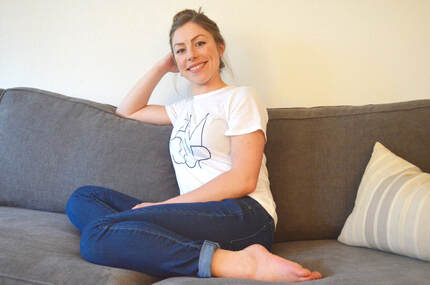 The shoulder girdle. Heard of it? Kind of an obscure term if you aren't in the world of human anatomy often. It refers to the bones of the appendicular skeleton that attach to the arm on both sides; the scapula and clavicle. Stability in the muscles attached to these two bones is essential for coordination, postural stability, and fine motor skill development. Read on for how to tell if your child's shoulder girdle is weak, and 6 ways to help strengthen it. Any time you move your hand or fingers, you need your shoulder to stabilize. So, your child needs a strong shoulder girdle so that they also develop a strong core, better handwriting, and awesome shoe tying abilities! Wondering if your child's shoulder girdle is weak? Some signs to look for include shrugging shoulders during an activity or tucking elbows into the body for stabilization. Also, if the core isn't activated and you see exaggerated spinal curves like slouching or arching, the shoulder girdle is likely not able to do its job. All of these postures impact the function of the hands and fingers. So, here are some activities that get the elbows away from the body and the arms moving against gravity:
1. Scooter board activities:
Have fun!
0 Comments
Your comment will be posted after it is approved.
Leave a Reply. |
meet the bloggerAusten is a pediatric occupational therapist with experience in schools, early intervention, and private clinic settings. She now runs her own private practice in Portland, OR specializing in movement based learning techniques. This blog's mission is to educate and empower parents and children by sharing insights into the complexities of learning and development. Categories
All
|
MINDFUL MOVEMENT THERAPIES
In-Home Pediatric Occupational Therapy in Portland, Oregon
phone503-720-4634
|
|
|


